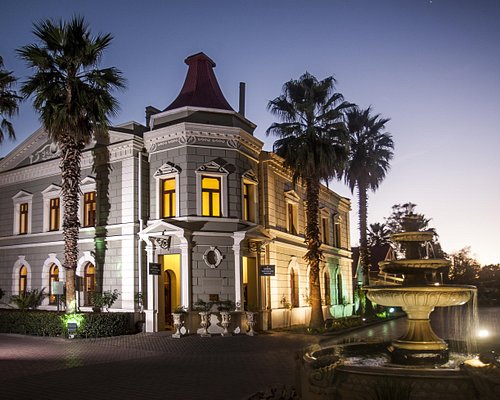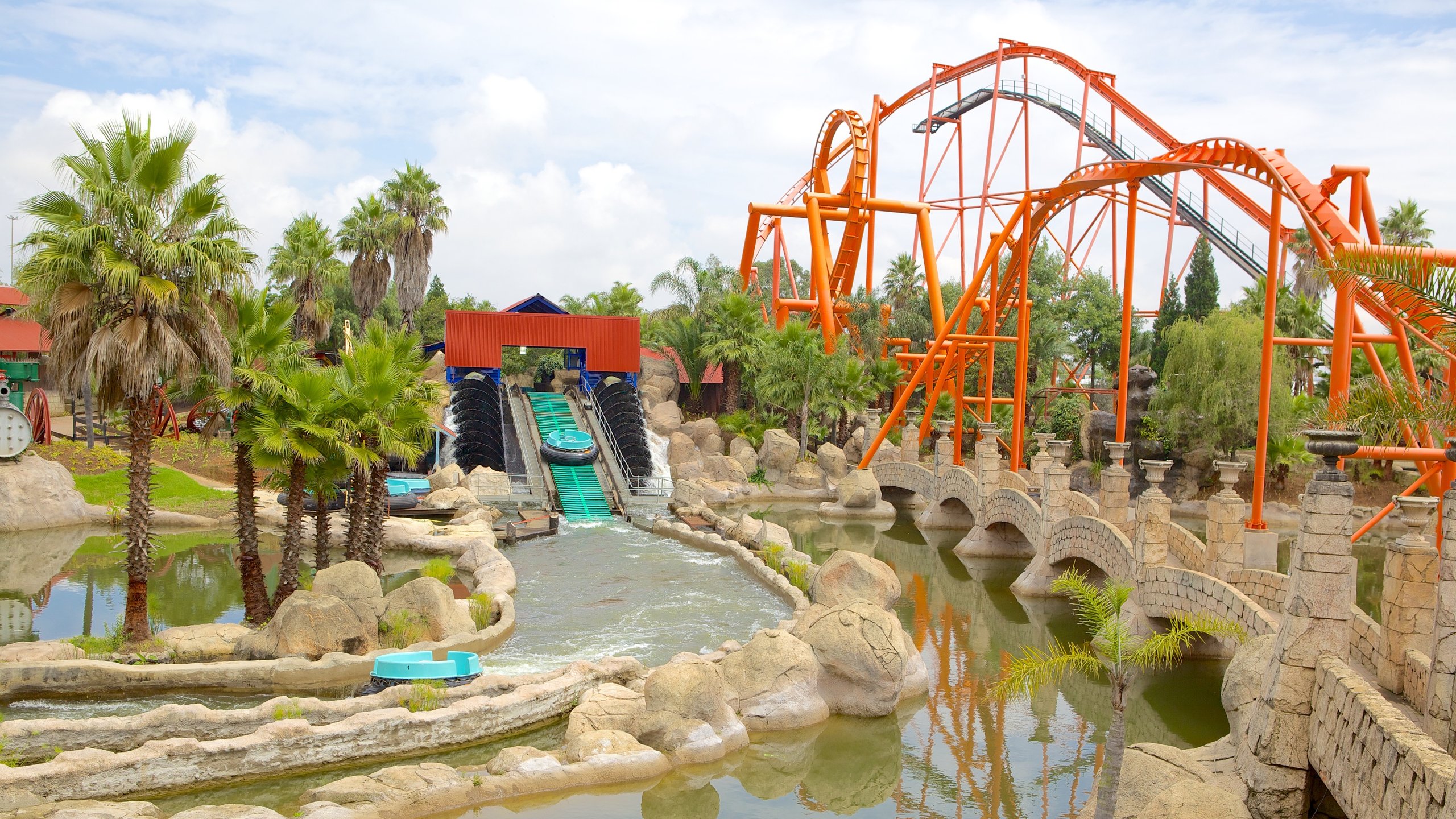The Of Johannesburg North Attractions
About Johannesburg North Attractions
Table of ContentsThe Johannesburg North Attractions DiariesSome Known Factual Statements About Johannesburg North Attractions Some Known Incorrect Statements About Johannesburg North Attractions The Basic Principles Of Johannesburg North Attractions Rumored Buzz on Johannesburg North AttractionsThe 8-Second Trick For Johannesburg North AttractionsJohannesburg North Attractions Fundamentals Explained
However you need to maintain security in mind and travelers should stay alert whatsoever times when in unknown surroundings. Speak with the residents when you are in town to discover the location you are remaining in. Johannesburg North attractions. When on the street (this doesn't relate to mall and various other safe atmospheres) best basic advice is to attempt your finest to resemble a neighborhood and to prevent displaying any kind of riches
Things about Johannesburg North Attractions
Teacher Revil Mason O. J. (Thomson, 1946) discovered the Witwatersrand's pre-colonial background. His archaeological job blew up the 'em pty land' myth, according to which the area was empty of human habitation prior to the arrival of European inhabitants. In his magazines Prehistory of the Transvaal: A Record of Human Task (1962) and Origins of Black Individuals of Johannesburg and the Southern Western Central Transvaal Advertisement 3501880 (1986 ), Teacher Mason showed the degree of social and financial growth in the area prior to Europeans set foot here.

The Main Principles Of Johannesburg North Attractions
In 1878, David Wardrop located gold in quartz blood vessels at Zwartkop, north of Krugersdorp. In 1881, Stephanus Minnaar came across gold on the farm Kromdraai, near the Cradle of Mankind.
In March 1886, an outcropping (soon to be called the Key Reef) was found, fairly luckily, on Gerhardus Oosthuizen's farm Langlaagte. Some claim that the Lancastrian coal miner George Walker discovered this coral reef. One more travelling English miner, George Harrison (who had actually previously operated in Australian mines) acquired a prospecting licence in regard of Langlaagte in May 1886.
He decided to go on in a quest for greener fields, and disposed of his Langlaagte insurance claim for the princely amount of 10. Alas: below lay the wealthiest goldfield ever before found. The exploration of this rich auriferous coral reef provoked a gold thrill that indicated the end of agrarian tranquillity in the southerly Transvaal.
It would certainly, within six years, come to be the largest community in southern Africa. Within a years, it would make the Z. A. R. until then an anarchical and bankrupt little state the most affluent country in Africa. By the millenium, the Z. A. R. was to surpass Russia, Australia and the United States of America to come to be the globe's leading gold manufacturer, producing greater than a quarter of the world's gold.
Little Known Facts About Johannesburg North Attractions.
It was understood as Ferreira's Camp, called after Colonel Ignatius Ferreira. He was a Boer traveler upon whom the British authorities had bestowed the condition of Buddy of one of the most Differentiated Order of St Michael and St George (qualifying him to the post-nominal letters C. M. G.) in gratitude for his role in the war that had deposed the Pedi king Sekhukhune in 1879.
2 various other camps were developed: Meyer's Camp on the ranch Doornfontein, and Paarl Camp. The latter was nicknamed Afrikander Camp; many people from the Cape Colony settled there.

Unknown Facts About Johannesburg North Attractions
This name acquired currency by word of mouth, such that the State Assistant attested the name to the Mining Commissioner on 9 October 1886. Stands in the town were auctioned on 8 December 1886. While some stands were sold for 10, others were knocked down for just sixpence.
2 years later on, these erven were to change hands for as much as 750 each. The tented camps diminished as a dorp of corrugated iron buildings established and broadened north of the mines situated along the Key Coral Reef Roadway. Locations such as Jeppe's Town (where working-class immigrants erected their homes) and Doornfontein (where the upscale brand-new 'Randlords' started to construct their opulent homes) were soon added to the ever-expanding map of the town.
The 20-Second Trick For Johannesburg North Attractions
Aside from the street names, there were no indicators of Johannesburg being located in a Dutch-speaking nation. Lots of years later, C. W. Kearns O. J. (among the first boys enlisted at St John's College in 1898) would remember: 'An odd fact about Johannesburg was that, although it remained in the [Boer Republic], nearly everybody talked English and even the Federal government slaves addressed one in English, unless they were very first resolved in the Taal (or Low Dutch)'.
Britain check out this site had a passion in guaranteeing ideal conditions for gold manufacturing on the Witwatersrand, and that the gold was exported to London rather than Berlin a necessary rendered all the much more clamant by the Z. A. R.'s enhancing toenadering with Germany. Mine owners got on an accident course with Head of state Kruger, whose policy of monopolistic giving ins (often granted to his cronies) avoided mining firms from obtaining materials of products (specifically dynamite) and labour by themselves, less costly terms
Indicators on Johannesburg North Attractions You Should Know
In 1890, the Volksraad had restricted the franchise to white men these details that had actually stayed in the Z. A. R. for fourteen years or longer, hence invalidating a lot of the immigrants (who happened to be the significant contributors to the fiscus). Frustration for the vote was a mere pretext for advertising a various agenda; most uitlanders regarded themselves as short-term visitors and had no intent of staying in the Z.